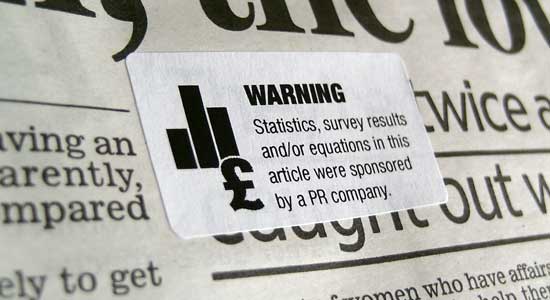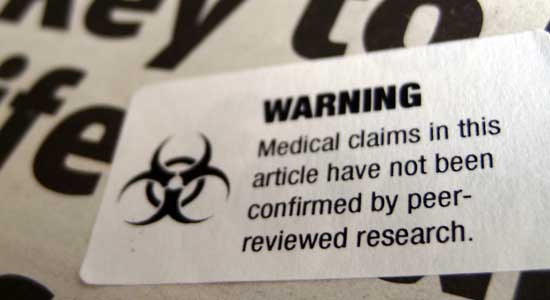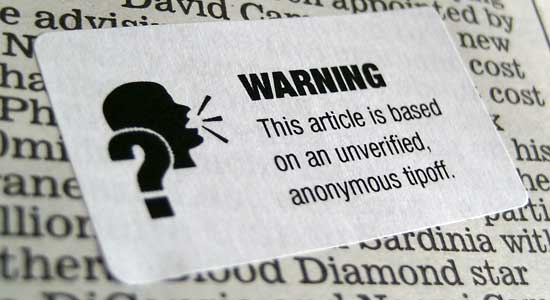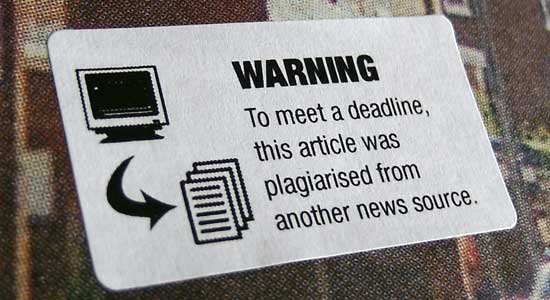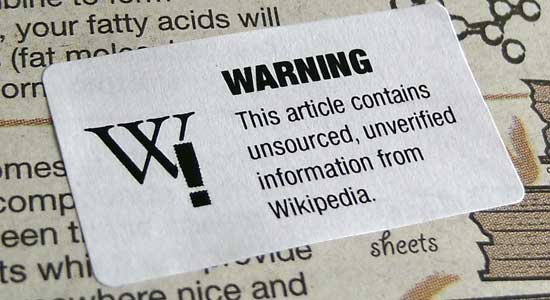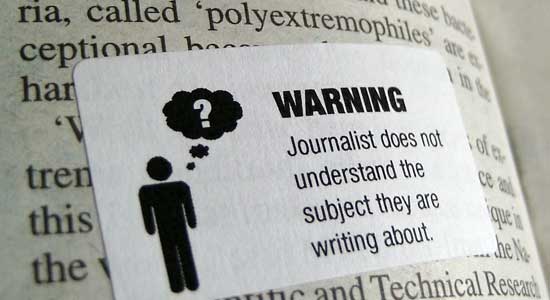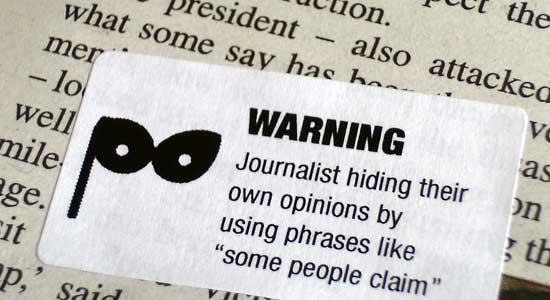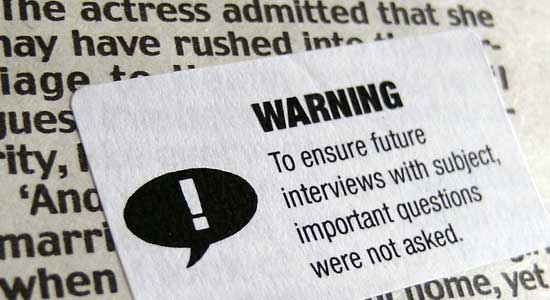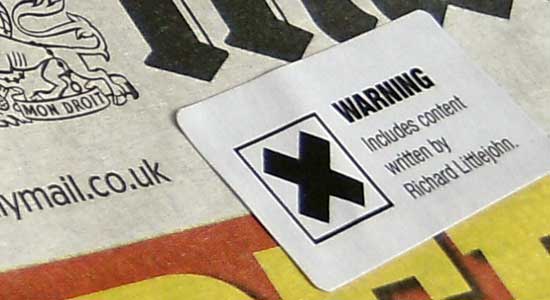Twitter (@paufluriach)
El Archivo
-
►
2016
(17)
- ► septiembre (2)
-
▼
2015
(34)
- ► septiembre (2)
-
▼
marzo
(8)
- The Guardian y su versión de los tres cerditos
- Umberto Eco critica al periodismo en su última nov...
- El País: Entrevista a Jill Abramson, exdirectora T...
- Marc Marginedas: Historia de un cautiverio
- VÍDEO: El infierno de la prensa
- EN DIRECTO - XVI Congreso de Periodismo Digital
- Los Journalism Warning Labels de Tom Scott
- Crónica. Real Madrid 1-1 Villareal

